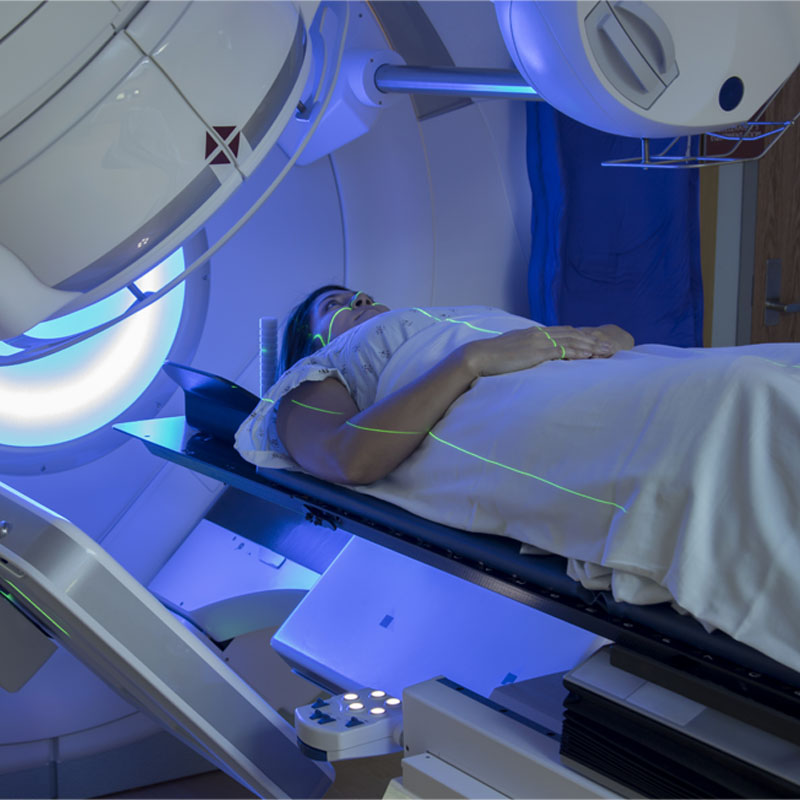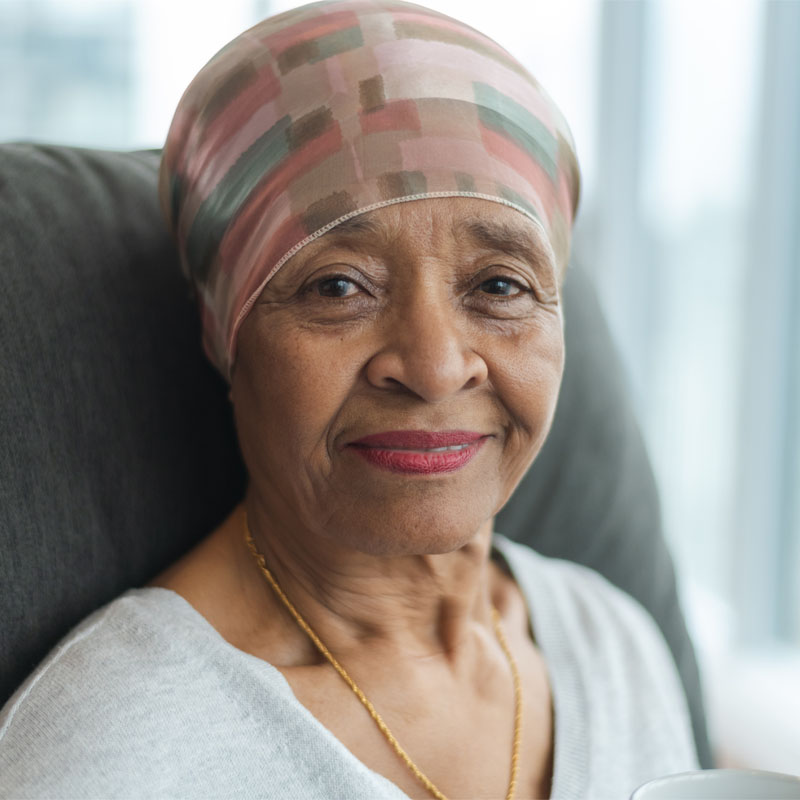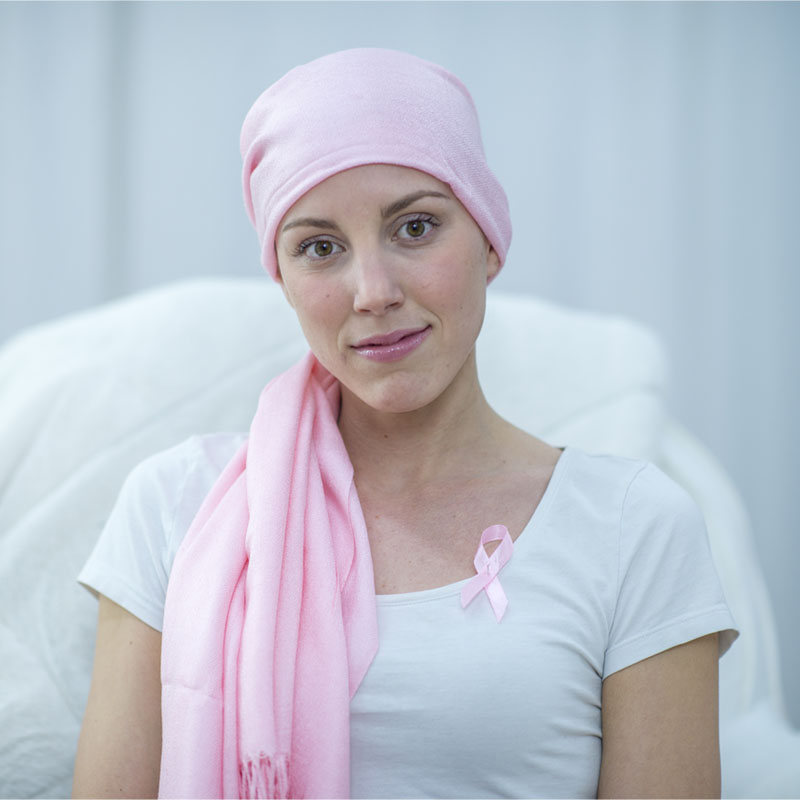Now more than ever, health care providers can treat breast cancer in many different ways. Each individual’s treatment may depend on the stage of breast cancer they have and the plan their doctor recommends. In this section, we will discuss the different types of treatments that are available in the fight against breast cancer.
A sentinel lymph node biopsy (SLNB)
A sentinel lymph node (SLNB) is the first lymph node which cancer cells go to from the primary tumor. There may be more than one sentinel lymph node.
SLNB is a procedure in which the sentinel lymph node is:
- Identified
- Removed
- Examined
This procedure determines if cancer cells have spread to the lymphatic system. If cancer cells are present in the lymph, then there is a possibility it can or has already spread to other organs of the body.
A sentinel lymph node biopsy aide the doctor in:
- Determining what stage cancer has reached
- Developing a treatment plan for the patient
- Preventing the spread of breast cancer

Radiation
Radiation is the use of high-energy rays which kill cancer cells. There are several different types of radiation:
External Beam Radiation
- Most common type of radiation.
- Radiation comes from a machine outside of the body and focuses on the area which has cancer.
- Painless
- Actual procedure time only takes a few minutes, set-up time usually takes longer.
- Possible side effects
- Swelling or heaviness of breasts.
- Skin changes such as redness, blistering, and peeling of treated area.
- Fatigue.
Brachytherapy (internal radiation)
- Radioactive seeds are placed into a device which is then placed in the breast tissue where the cancer was detected.
- Can be used with external beam radiation.

Chemotherapy
Chemotherapy treatments are cancer-killing drugs that can be given by mouth or injected into a vein. The drugs travel through the bloodstream to reach cancer cells in the body. Chemotherapy is given in cycles, and the treatment can last several months. While on chemotherapy, you may experience possible side effects including:
- Hair loss
- Fatigue
- Loss of appetite or increased appetite
- Nausea and vomiting
- Easy bruising

Targeted Drug Therapy
Targeted Drug Therapy allows physicians to personalize treatment for certain types and/or stages of breast cancer. These targeted drugs can be delivered alone or in combination with other treatments, including hormone and chemotherapy.
Drug therapies work differently than chemotherapy by blocking the growth of certain cancer cells and sparing normal cells.
Patients who are candidates for drug therapy can receive treatment either intravenously or in pill form. These drugs can be administered in a hospital, outpatient facility, or taken orally at home.
HER2- Positive Breast Cancer
Approximately 1 in 5 women with breast cancer has cancer cells that produce too much of a growth-promoting protein known as HER2 (human epidermal growth factor 2) on their surface. These types of cancers tend to grow more aggressively.
HER2 – positive breast cancer is routinely treated with targeted therapy to stop cancer cells from growing and/or helping to direct chemotherapy to the cancer cells.
Targeted therapies for breast cancer include:
- Antibody-drug conjugates (ADC) a monoclonal antibody that attracts toxic substances such as chemotherapy to cancer cells.
- Kinase inhibitors block kinase proteins like HER2 that signal cancer cells to grow.
- Monoclonal antibodies attach to the HER2 protein on cancer cells to prevent cell growth.
Hormone-Positive Breast Cancer
Approximately 2 of 3 breast cancers are Hormone Receptor-Positive (estrogen receptor-positive or progesterone receptor-positive). Hormone therapy is often used to help targeted therapy be more effective.
The types of targeted drugs include:
- CDK4/6 inhibitors halt proteins called cyclin-dependent kinases (CDK) in hormone receptor-positive cancer cells to prevent the cells from dividing.
- mTOR inhibitors block the mTOR protein in cells preventing them from growing and dividing.
- PI3K inhibitors stop cells from growing by obstructing the PI3K protein found in some cancer cells.
Breast Cancer – BRCA1 or BRACA2 Gene Mutations
Women who test positive for BRCA1 or BRCA2 gene mutations are associated with having an increased risk of developing breast cancer. On average, 72 percent of women who have BRCA1 mutations and 69 percent who have mutated BRCA2 genes will develop breast cancer before the age of 80.
Cancers with BRCA1 or BRCA2 gene mutations can be treated with PARP inhibitors. PARP inhibitors intercept PARP proteins to prevent them from restoring the damaged DNA in cells. Cancer cells are destroyed when they are not able to regenerate.
Triple-Negative Breast Cancer
For those affected by Triple-Negative Breast Cancer (TNBC), the cancer cells do not have estrogen or progesterone receptors and do not produce too much of the HER2 protein.
For many patients, chemotherapy alone may be ineffective against Triple-Negative Breast Cancer. Your physician may recommend that targeted therapy be used in combination with chemotherapy. Antibody-drug conjugate is a drug that binds to a specific protein on cancer cells, then targets chemotherapy directly to those cells.
Side Effects
Targeted drug therapies have different side effects, and some patients develop few if any symptoms. Side effects largely depend on the type of drug a patient is given. Your healthcare provider will provide a list of possible side effects and instructions for reporting any changes.

Breast-Conserving Treatment
Breast-Conserving Surgery also referred to as a partial or segmental mastectomy or lumpectomy.
- Only part of the breast containing breast cancer is removed.
- This procedure removes cancer and some surrounding normal tissue.
Mastectomy: The breast tissue is removed, and possibly some surrounding tissue. There are different types of mastectomies.
- Simple mastectomy (total mastectomy)
- Removal of the entire breast, including the nipple.
- In some cases, both breasts are entirely removed (double mastectomy).
- Can be used as a preventative measure in women who are at high risk for breast cancer.
Reconstructive Surgery is a procedure done to restore the appearance of the breast after a mastectomy or breast-conserving surgery.

